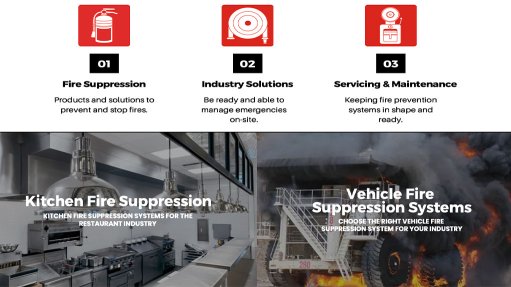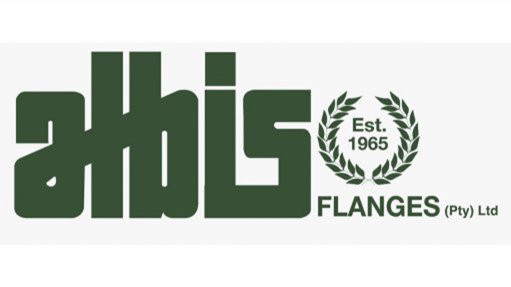Preparing for HS2027
Well, this is something of a first – two consecutive columns on the Harmonised Commodity Description and Coding System (HS). This is quite significant, considering that the next iteration of the HS is due only on January 1, 2027. But then again, in the words of Ferris Bueller: “Life moves pretty fast. If you don’t stop and look around once in a while, you could miss it.”
Not to ‘miss it’, then, the HS is updated every five years to account for developments in technology and trade pattern changes. The latest set of amendments, known as the HS2022, came into force on January 1 and introduced major changes concerning a wide range of goods. It also addressed current global environmental and social issues, such as health and safety, societal protection and the fight against illicit trade and terrorism.
As a quick reminder, the HS, developed by the World Customs Organisation (WCO) and introduced on January 1, 1988, is an international nomenclature that allows countries to classify traded goods in a standardised manner. It is a broad classification system, comprising about 5 000 international six-digit product categories organised in a hierarchical structure by 21 sections, two-digit chapters, four-digit headings, and six-digit subheadings and supported by implementation rules and explanatory notes. The HS also features national eight to twelve-digit subheadings.
January 1, 2027, may be far off, but the conceptualisation of the HS2027 has already started. In fact, its review cycle started in the second half of 2019. The first proposal for amendments was submitted to the WCO’s HS Review Sub-Committee last month, with further sessions scheduled for December 2022, June 2023 and December 2023. This will be followed by provisional approval by the HS Committee in March 2024, completion by the WCO Council in June 2024, and final approval in January 2025, before coming into force that month.
You may recall that, on September 5, the WCO formally established a small project team to conduct an exploratory study on a possible strategic review of the HS. Then, on October 17, the WCO and the World Trade Organisation (WTO) held a joint workshop to address the periodical update of the HS and to discuss how updates to the HS can have an impact on legal instruments recording tariffs and other commitments by WTO members with respect to trade in goods, in particular on schedules of concessions.
The WCO-WTO workshop is said to have been held in response to the high interest shown by WTO members in building the capacity and expertise of the Committee on Market Access (CMA) on matters related to the HS and in better understanding the interlinkages between the work undertaken by the WCO and the WTO.
The WCO-WTO workshop was organised in four sessions, with the first offering an overview of the HS amendment procedures, in particular the HS2022, and outlining the main reasons behind the HS updates. These include recognising changes in the trade value of certain goods, clarifying classification issues, and reflecting goods restricted, monitored or controlled in international agreements. They also include acknowledging societal needs and any other needs prompting a member or an international governmental organisation to make an update proposal.
The second session allowed WTO members to share their experiences regarding the implementation of the HS2022 amendments. Cambodia, China, Ecuador, Maldives and the US provided examples of their experiences and described the main challenges they have faced. They explained how inter-agency coordination has worked and how the private sector and other stakeholders have become involved in this process.
During the third session, the WTO secretariat introduced the HS transposition work in the CMA and the technical work behind the preparation of HS transposition files. More details of the HS2027 review cycle that is currently under negotiation at the WCO were provided during the fourth session.
Article Enquiry
Email Article
Save Article
Feedback
To advertise email advertising@creamermedia.co.za or click here
Comments
Press Office
Announcements
What's On
Subscribe to improve your user experience...
Option 1 (equivalent of R125 a month):
Receive a weekly copy of Creamer Media's Engineering News & Mining Weekly magazine
(print copy for those in South Africa and e-magazine for those outside of South Africa)
Receive daily email newsletters
Access to full search results
Access archive of magazine back copies
Access to Projects in Progress
Access to ONE Research Report of your choice in PDF format
Option 2 (equivalent of R375 a month):
All benefits from Option 1
PLUS
Access to Creamer Media's Research Channel Africa for ALL Research Reports, in PDF format, on various industrial and mining sectors
including Electricity; Water; Energy Transition; Hydrogen; Roads, Rail and Ports; Coal; Gold; Platinum; Battery Metals; etc.
Already a subscriber?
Forgotten your password?
Receive weekly copy of Creamer Media's Engineering News & Mining Weekly magazine (print copy for those in South Africa and e-magazine for those outside of South Africa)
➕
Recieve daily email newsletters
➕
Access to full search results
➕
Access archive of magazine back copies
➕
Access to Projects in Progress
➕
Access to ONE Research Report of your choice in PDF format
RESEARCH CHANNEL AFRICA
R4500 (equivalent of R375 a month)
SUBSCRIBEAll benefits from Option 1
➕
Access to Creamer Media's Research Channel Africa for ALL Research Reports on various industrial and mining sectors, in PDF format, including on:
Electricity
➕
Water
➕
Energy Transition
➕
Hydrogen
➕
Roads, Rail and Ports
➕
Coal
➕
Gold
➕
Platinum
➕
Battery Metals
➕
etc.
Receive all benefits from Option 1 or Option 2 delivered to numerous people at your company
➕
Multiple User names and Passwords for simultaneous log-ins
➕
Intranet integration access to all in your organisation














